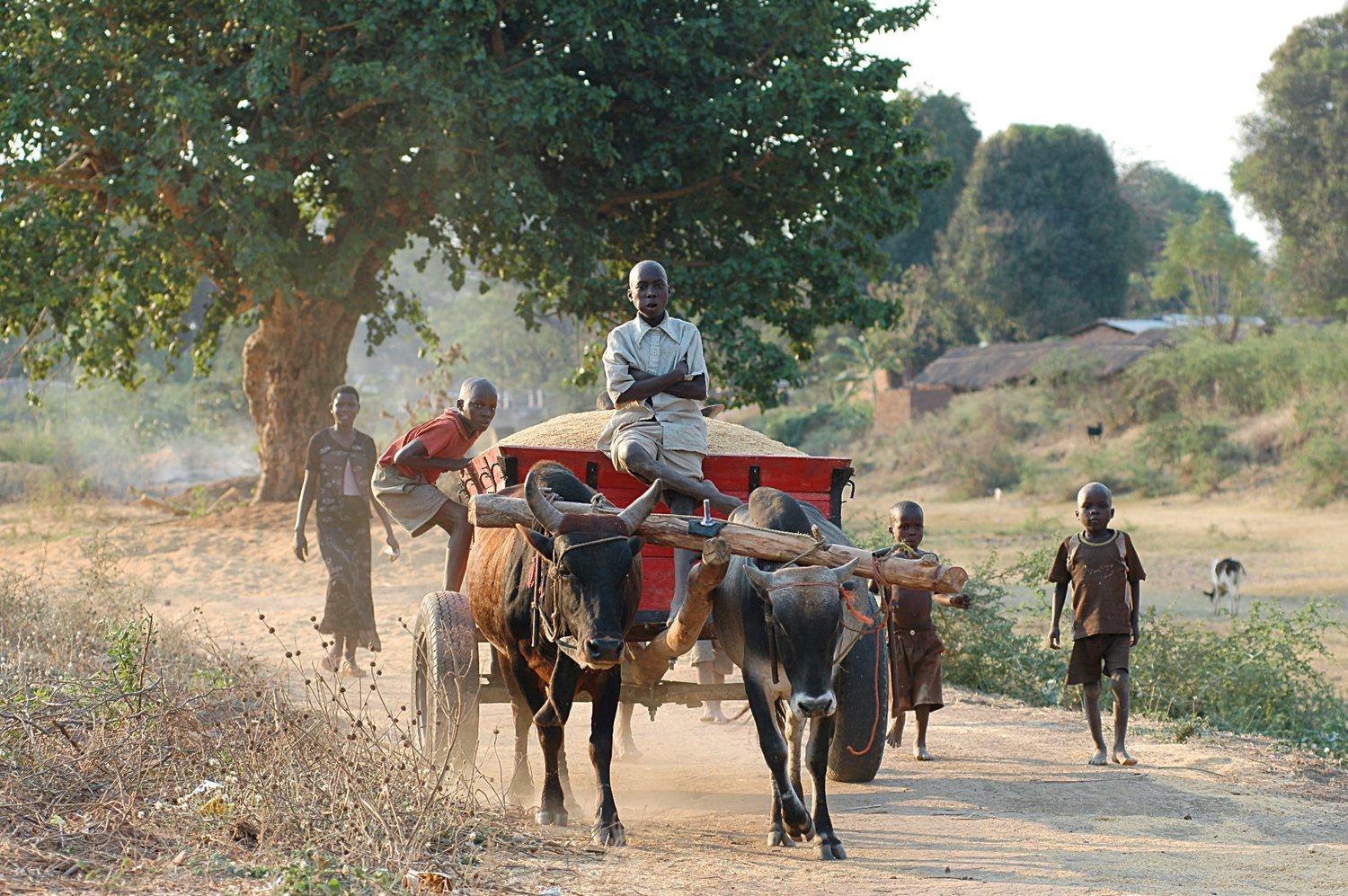
Why Malawi?
Malawi is a small landlocked country in southeastern Africa. One of the smallest countries in Africa, it is tucked between Tanzania, Mozambique and Zambia.
Malawi’s history is rich.
It is in this region of Africa where the earliest humans lived, establishing the roots of language and storytelling. Many of today’s Malawians are descendants of the Bantu people who moved across Africa for hundreds of years before national borders were established. Evidence of complex trade networks can be seen today in the strong Islamic influence which preceded Christianity, introduced to the region by missionaries like David Livingstone. During the colonial period, the country was incorporated into the Federation of Rhodesia and Nyasaland. Nyasaland achieved independence in 1964, renaming itself Malawi.
Malawi is referred to as “The Warm Heart of Africa” by both locals and visitors for its friendly spirit and welcoming people.
With a population of over 19 million, Malawi is one of the more densely populated countries in Africa. Most of its people live in rural villages and practice subsistence farming. There is a diverse mix of cultures, with the Chewa being the most populous tribe. Other tribes include the Yao, Nyanja, and Tumbuka. Dance is a central tradition within each tribe, the best known being the Chewa’s Gule Wamkulu.
Despite its small size, the scenery of Malawi is diverse, including everything from river valleys, to lush green plateaus, to forests, to grasslands. The highest peak, Mulanje Mountain, is an astounding 10,000 feet, while the lowlands are barely above sea level. Malawi’s nine National Parks and Wildlife Reserves contain a diversity of flora and fauna, in addition to animals like elephants, lions, and zebras. Perhaps its greatest natural feature is the famous Lake Malawi, Africa’s 3rd largest lake. This “Lake of Stars” makes up 1/5 of the country’s area and is critical to the economy. Resembling a real-life aquarium, it contains over 1,000 species of tropical fish, many unique to the lake.
Despite the country’s beauty and natural resources, poverty in Malawi continues to be chronic and widespread.
Malawi is ranked 174 out of 189 countries on the Human Development Index. Malawi’s development is hindered by a fast growing population, limited arable land, natural disasters, food insecurity, HIV/AIDS, and a high incidence of malaria. Almost 50% of the population is under the age of 15, and a large number of these young people are living in poverty. Poverty threatens an individual’s most basic rights to survival, health, nutrition, and protection from exploitation. In addition, poverty threatens access to education.
Knowing that education is both a fundamental human right and a key component of development, Determined to Develop is dedicated to empowering, through education, the people of Malawi to become agents of development for their families, communities, and Malawi as a whole.
Karonga District Statistics (our larger Catchment Area) †
2/3 of the people in the district are under the age of 25
1 woman dies every 2 hours from maternal related causes in our area
1 infant less than 12 months old dies every 12 hours in our area
Among children under 5 years of age, there is 1 death every 8 hours in our area
Only 1 in 20 women and 1 in 10 men in our area complete secondary (high school) education
25% of women in our area can’t read or write
Women in our area have an average of 6 children during their lifetime
40% of female teenagers in our area have already begun childbearing
One in three women in our area gives birth at home
20% of women and 25% of men in our area believe a husband is justified in hitting or beating his wife under certain circumstances
40% of children in our area under age 5 are stunted
90% of households use a form of wood for cooking, only 7% of households have access to electricity
Malawi Statistics ‡
Malawi is ranked 170 out of 188 countries on the Human Development Index
Malawi is home to approximately 19.2 million people and 67% of the population is under the age of 25
The HIV prevalence rate in Malawi is more than 9%, with over 1 million people living with the disease
More than half of Malawi’s estimated one million orphans have lost one or both of their parents to HIV/AIDS
There is a high prevalence of under-nutrition and micronutrient deficiencies and the stunting rate for children under 5 in Malawi is 47% (one of the highest rates of stunted growth in the world)
50% of girls in Malawi are married before their 18th birthday
40% of the population of Malawi live on less than US $0.28 per day
Life expectancy in Malawi is currently 55 years
Only 30% of children in Malawi complete primary (elementary) school
More than 80% of Malawians are smallholder farmers
† Source: USAID; IDEA; Population Reference Bureau; IPPF
‡ Sources: UNDP 2015; UNAIDS 2016; WFP 2013, 2015; PRB 2012; UNICEF 2017
*December 2021 Update

